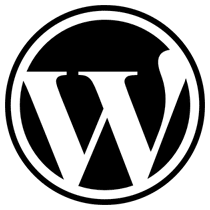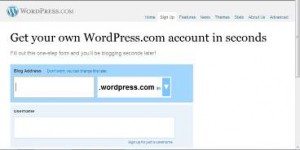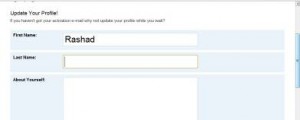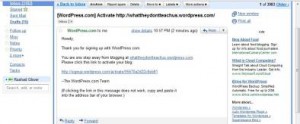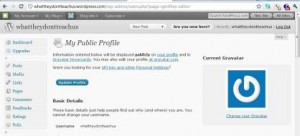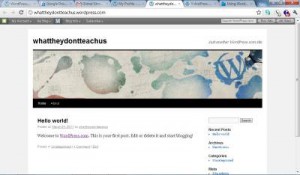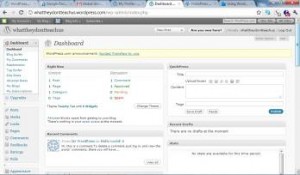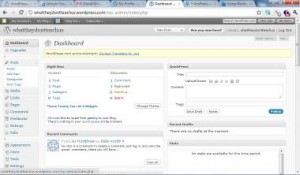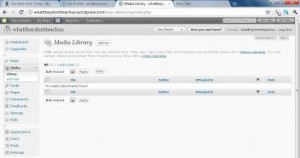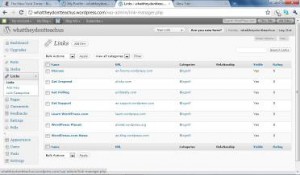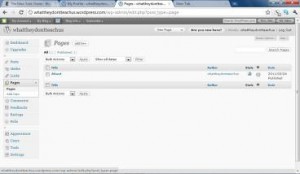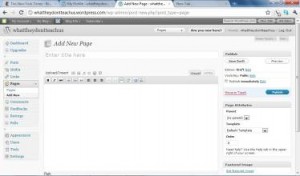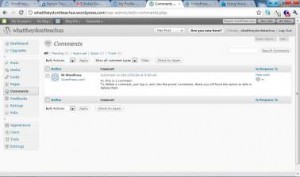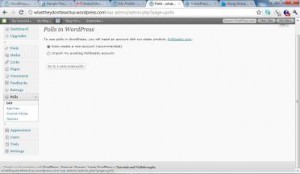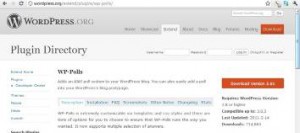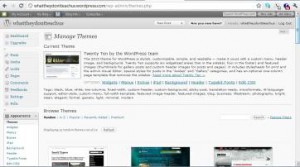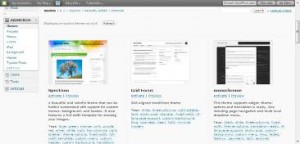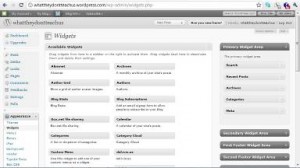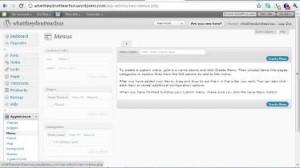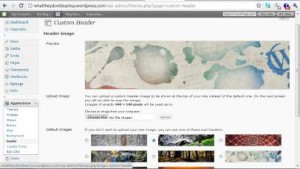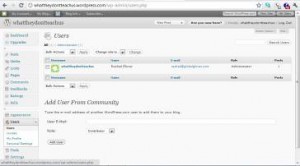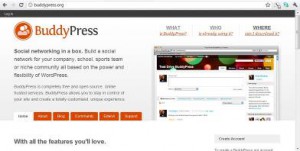I have used WordPress for more than five years now and absolutely love it. I heard a lot about it online and I finally to purchase a book on the subject. WordPress is absolutely the easiest webpage creation tool I have ever used and it can be customized to fit almost any individual‘s need or large company. “The New York Times” website happens to be based on WordPress. If it’s good enough for the NY Times, it’s good enough for me.
I have seen so many smart, educated and wealthy individuals get taken advantage of by greedy web designers who make sure everything that happens on their clients websites goes through them and their greedy little pockets. I have charged to create websites before but it was mostly for setup and training. I don’t believe in keeping my customers dumb to keep cash in my pocket. I believe in doing a good job and receiving “word of mouth business”.
WordPress allows you to have multiple users and authors with varying levels of authorization so you can delegate responsibilities of your webpage. WordPress is also know as a Content Management System (CMS) that allows you to log in at any time update your site. All one needs is an internet connection and someone to show them how it works. That’s where I come in.
CMS also allows you to purchase templates or download free templates from all over the world. Some templates can cost $20 or even go into the thousands if you have one custom made for yourself. I created my own using Photoshop and other tools I found around the web. I would not worry too much about the look of your website first. I would spend some time wire-framing it out or creating a mind map of your page links. Please make sure you spend some time reading the chapter on wire-framing and mind mapping.
WordPress is very robust. There are thousands of plug-ins for your website that can turn your web page into any type of web page you can imagine. Let’s say you want to have an online store on your web page. You can do that with no problem, just do a Google search and look for the best plug-in that fits your needs. You need to add a video gallery or a community plug-in to keep users buzzing around. There is plug-in called Buddy-press for that as well. All these plug-ins can be added without using one line of code and thats why I fell in love with WordPress and use it for my own personal web page http://www.RashadGlover.com .
The next couple of pages will cover how to setup your very own free WordPress blog. I don’t want you to worry about the template at all until you fill your site with content first. So many people focus on the templates of their websites but have almost no content present. Always remember “content is king” and “documentation beats conversation”. The first step in creating a WordPress site is to actually go to WordPress.com and click the huge button that says sign up.
(Screenshot of WordPress.com)
After you click the sign up button, you will be rerouted to the page called sign up. This is where you pick your sub domain name before wordpress.com. Since this is a free site and is hosted under the WordPress domain name you still have to keep the Yoursite.wordpress.com attached to whatever you will chose. Don’t worry about your site not being hosted on your own server. It’s really not that important. What is important is that your obtaining the skills and access to free web tools that could potentially get you noticed and change your life. No one will think you are a cheap skate because you don’t have your own domain name or server yet. This book is about getting things done and moving on to the next important thing.
After you have chosen the name, (I suggest everybody get there full name while you still can) fill out the rest of the information and continue on.
(Screen shot of WordPress.com’s sign up page.)
(Screenshot profile update page.)
(Screenshot of WordPress.com’s email conformation.)
Once you have filled out all of your needed information WordPress will ask you to check your email and make sure you are who you say you are. Click on the link next to the text that says “You are one step away from blogging at Yoursite.wordpress.com” and then continue on with screen.
(Screenshot of your welcome screen.)
Once you have authorized your WordPress account, you should have been rerouted to the home screen. This is where all your basic information needs are met. On the left hand side of the screen you can see the different button that are well laid out making sure you never get lost. If you’re not a very technical person this is the perfect setup for you.
When you come across something you don’t understand you can always pay someone who can walk you through the steps. Never just let someone do it for you and not tell you. WordPress is very simple once you get the hang of it. If you have made it this far then there is no turning back. Now all you have to do is go to Yoursite.wordpress.com and see what your blog looks like. It should look something like what you see below. This is a very basic and very clean site. All of which is customizable via your WordPress account.
(Basic WordPress template.)
(Screenshot of the Dashboard.)
The Dashboard lets you see all your web site’s statistics like how many comments you have on a particular blog post and pretty much gives you all the analytical data to run your site successfully.
I suggest you play around with the buttons and see what you can figure out. Since the site is free you can’t mess it up too bad. Don’t be afraid to touch stuff. I just ask that you have two browser windows open so that you can check and see what changes you have made once you have made them. Once you change something you’re site, you will have to hit the refresh button every time so that your browser updates.
(Screenshot of the Post button menu drop down.)
The post menu allows you to add new content your home page. Clicking the categories allows you add new categories so that you can organize your post. Lastly, Tags also help make sure your site is more search engine friendly (SEO friendly).
(Screenshot of Media Library.)
The media library is where all of your webpage’s multimedia data is backed up and stored. Let’s say you had video files from your cell phone, photos and a couple of MP3 music files, they are all uploaded here. It’s just that simple.
(Screenshot of the Links page.)
The links page is where you organize all of the useful links your website is going to need. Let’s say your website is about communities and business networking. You’re going to want as many external links as possible to show people were they to need to go to socialize or where you socialize. You also want to be careful about adding to many links if you’re trying to make money on your website by utilizing ad space on your site.
Too many links will cause people to leave your site and stay at one of your competitor’s webpage. So use external links with caution. Let’s say you have tons of media files and want to give your users a way to find them. Using the links feature makes it fast and easy by pasting in the location and adding tags and a different names that are search engine friendly.
(Screenshot of the very important Pages screen.)
The “Pages” page is one of the most import sections on your WordPress page. Every time you want to create a new page with a new topics this is where you come. All you have to do is click the “Add New” button at the top just like in all the other sections and give it a name and tags and your own your way.
(Screenshot of the “Add New Page” inside of the pages button.)
You can then type in information you want and/or embed a video from YouTube.com just by pasting the embed code from YouTube. For more information on YouTube please refer to the chapter on YouTube. For tutorial purposes go ahead and fill out the “About” section of your WordPress site and add a new page and paste your current resume inside. This will give you an idea of what your website can look like. If you have photos, videos, or sound bite files I suggest you use them. What better place to show off what you have to offer.
(Screenshot of the “Comments” page.)
The comments area is pretty simple. This is where you moderate comments that are left by your viewers. This is also your first line of defense against spam and hackers. A lot of hackers like to find sites that allow them to leave comments so that they can paste in their code and see if it will run on your web server. So please make sure that your webhost has taken full security measures when it comes to malicious attacks by web forms and comment areas.
(Screenshot of the “Polls” page.)
This area allows you to create polls using a website called PollDaddy.com. I don’t recommend spending money if you don’t have to. You can create polls using WordPress plug-ins like WP-Polls found on WordPress.org’s plug-in page.
(Screenshot of WordPress.org’s plug-ins page for WP-Polls.)
(Screenshot of the “Manage Themes” page under the “Appearance” tab.)
Next is the “manage themes” tab.This is one of my most favorite sections of WordPress. It allows you to easily change your template without using any code. Remember, there are thousands of free templates out there. I wouldn’t go hunting just yet though. It’s best to just use the 3.0 and up templates until you get the hang of WordPress. You will see that WordPress is all someone needs if they are just trying to promote themselves or their organization. You can always find a web developer to help you transfer the site or add more complex plug-ins if you need to. You’re using WordPress because it’s easy and scalable, not because it is the absolute best web tool out there.
(Screenshot of more WordPress templates.)
(Screenshot of the widget area.)
The widget area is very useful, if you want to add a calendar or block of HTML to your. Let’s say you want to add a YouTube video or your Twitter.com information in one of the little boxes on the side of your site. You would look for an HTML Widget and add it. I would not add any HTML widgets unless you know what you’re doing. I added this information so that you what know it does. As a manager you should at least know what’s possible so that you can ask your webmaster for what’s possible.
The next relevant tab allows you to create a custom menu for the content that you have already created like pages, links and files. This area is very useful if you’re going to be displaying lots of information, creating an archive for a major organization, or any group that has the possibility of being scalable.
(Screenshot of the “Menus” page.)
(Screenshot of the “Header” tab.)
The Header tab is really cool. You don’t have to know anything about design or web design to create an artistic header. All you have to do is upload almost any relevant photo of you or what you do and it’s going to look good. WordPress has already loaded a couple of samples for you to try and I suggest you don’t spend too much time worrying about the look of your site verses the content.
(Screenshot of the “Users” page.)
This area is where you add authors or editors to your site. Also with plug-ins like BuddyPress.org you can add a community look and feel to your site. All of the users would still be shown here but you would have more options to control your community. BuddyPress.org is worth taking a look at and best of all its free.
(Screenshot of BuddyPress.org.)
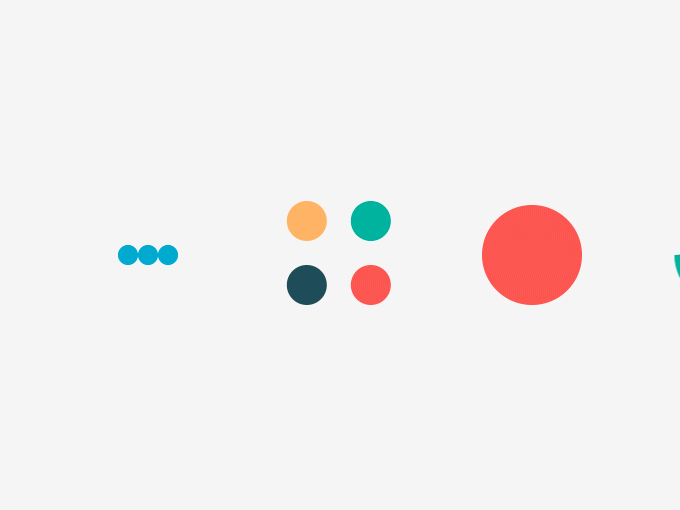

 Rashad Glover
Rashad Glover